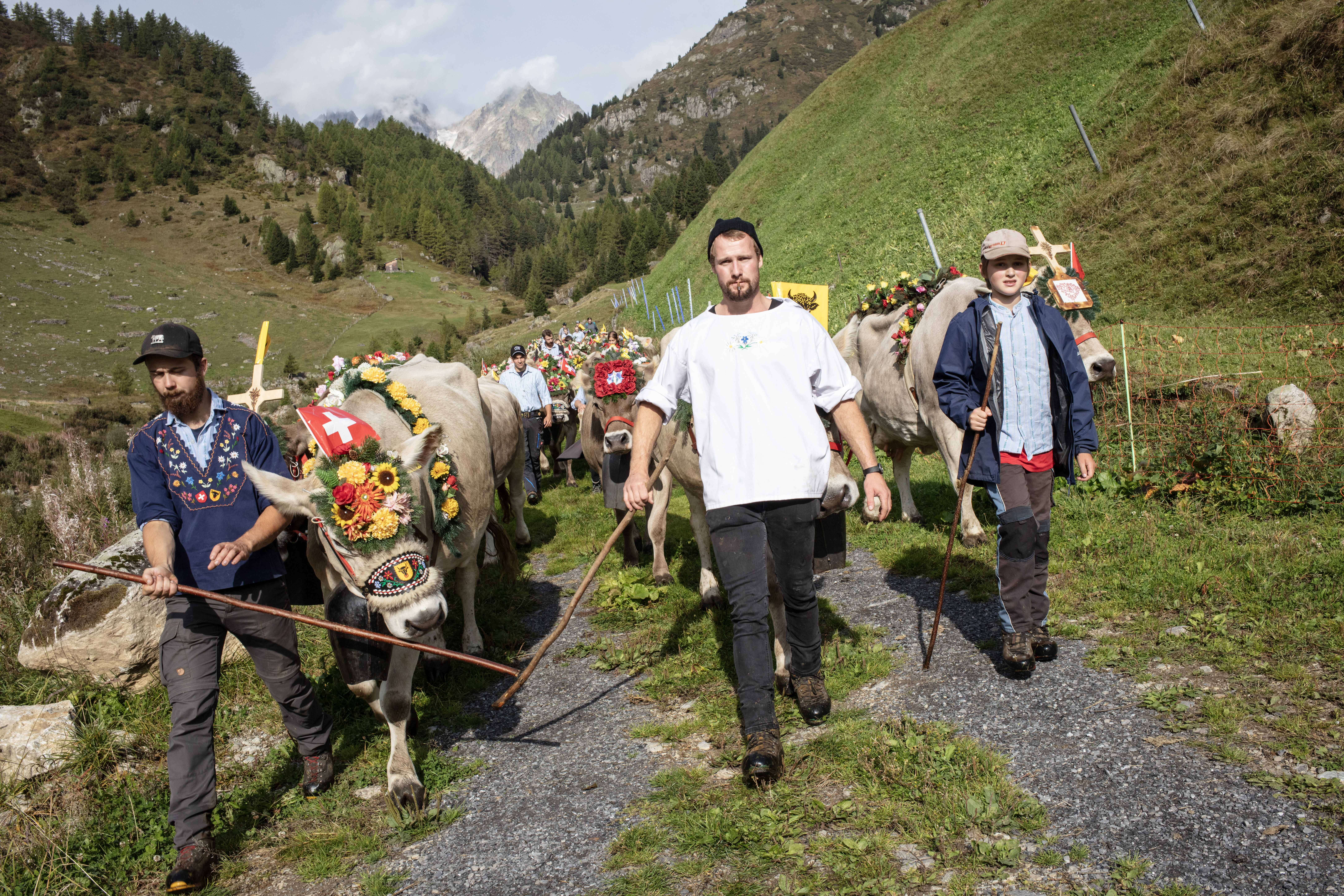
2015: when the wave of migrants reached Europe
Record asylum requests, borders opened and then closed, calls for solidarity and tensions between states: the migration crisis is shaking the already fragile European project and has become the focus of political debate in Switzerland as well. swissinfo.ch looks back at an eventful year using a series of interactive graphics.
The UN High Commissioner for refugees already sounded the alarm last year, pointing out that since the Second World War there had never been so many refugees, asylum seekers and displaced people. This phantom country of more than 60 million people would be the 24th most populous on the world.
Where do the migrants come from and where are they going?
In 2015 the migrant crisis also reached the heart of Europe: by the end of the year it is estimated that one million asylum requests will have been made in the 28 EU states and the EFTA nations (Switzerland, Norway, Iceland and Liechtenstein). The main destination is Germany, which has so far taken in a third of the migrants. The following graphic shows the flows of asylum seekers in Europe in the first nine months of 2015.
Almost half of the asylum seekers who have sought protection in Europe in 2015 have come from countries destroyed by war: Syria, Afghanistan and Iraq. In Europe the debate has focused mainly on Syrian refugees, without doubt the most numerous but far from the only group to have registered an increase.
The number of Iraqis has quadrupled compared with 2014, with that from Afghanistan two-and-a-half times larger. Many Kosovars – driven above all by the economic crisis – have also emigrated, despite knowing that their chances of being granted asylum are extremely low, if not zero.
A million refugees. A crisis without precedent?
While Europe is facing a record influx of migrants, greater than the peak of 700,000 registered in the 1990s, Switzerland has been affected only marginally. The State Secretariat for Migration (SEM) predicts the arrival of 34,000 refugees for 2015 – 10,000 more than last year – but this figure remains far below that registered in 1999 during the war in Kosovo, when Switzerland received 44,000 people.
However, the crisis in Europe has not failed to generate heated debates in Switzerland, with the campaign for October’s federal elections centring on the issue of asylum.
Why do migrants travel by sea?
With the abolition of visas in embassies and the closure of virtually every overland route – blocked by walls and barbed wire – the main entry to Europe has become the Mediterranean. Never before have so many people risked their lives at sea: 900,000 in 2015 – four times as many as in the previous year. According to the UNHCR, at least 3,580 people have died during the crossing or are missing.
While Africans continue to travel via the southern Mediterranean – from Libya or Tunisia to Italy – Syrian or Afghan migrants have headed for the Balkans – from Turkey to the Greek islands. This is currently the most popular route. This sudden influx of migrants has caught the various countries unprepared, but it has helped – at least on paper – give the problem of asylum a European dimension, not just an Italian one.
How has the European Union reacted to the migration crisis?
Despite the many debates and the sympathy provoked by the death of Aylan, the small Syrian boy whose lifeless body was photographed as it washed ashore off the coast of Turkey, the EU has struggled to find a common migration policy.
In September, member states agreed on a voluntary programme allocating 160,000 asylum seekers over the next two years. A small gesture of solidarity for Greece and Italy, which, according to the Dublin Accords, should assume sole responsibility for taking asylum seekers.
As of December 7, however, only 160 asylum seekers had been transferred from Greece or Italy to other countries, and Switzerland, which promised to take 1,500 refugees, had yet to take even one. For their part, Slovakia and Hungary complained to the European Court of Justice about the allocation system.
In 2015, Hungary suddenly found itself at the centre of the migration crisis. Despite being a transit country rather than a preferred destination, it has recorded the highest number of asylum requests of EU/EFTA states after Germany. Aiming to block the influx, the conservative Prime Minister Viktor Orban ordered two walls to be built on the country’s borders with Serbia and Croatia and has authorised the police to shoot at migrants. This policy has been strongly criticised by humanitarian organisations.
The following graphic shows asylum requests in proportion to the population and per capita gross domestic product (GDP). While Switzerland was fourth per million inhabitants in 2014, for the first nine months of 2015 it is sixth.
Faced with the lack of a common policy, various states have opted for unilateral solutions, creating a certain level of chaos at borders. Regarding solidarity, the most symbolic gesture has been made by German Chancellor Angela Merkel, who guaranteed free access to Germany for Syrians, if only for a limited period. But the initial applause was soon followed by increasingly harsh criticism, at home and abroad.
Various countries, including Germany, therefore suspended the Schengen Accords and reintroduced border controls. Overnight, Europe found itself divided by a series of walls and barriers which had been thought knocked down after the end of the Cold War.
Within the last month, asylum politics have become more bitter, following the attacks in Paris and the confirmation that one of the suicide bombers had passed himself off as a refugee to be able to reach Europe.
And beyond Europe?
In an attempt to slow down the influx of refugees, the EU has asked for help from Turkey. Ankara has pledged to hold on to refugees in exchange for €3 billion (CHF3.25 billion) in aid, a liberalisation of visas and the relaunch of negotiations for joining the EU.
Turkey, with a population of 78 million, is already home to more than two million Syrians. According to the UNHCR, 86% of refugees (12.4 million at the end of 2014) live in a developing or emerging country. Almost half (45%) of all refugees live in Turkey, Pakistan, Lebanon, Iran, Jordan or Ethiopia.

In compliance with the JTI standards
More: SWI swissinfo.ch certified by the Journalism Trust Initiative

































You can find an overview of ongoing debates with our journalists here . Please join us!
If you want to start a conversation about a topic raised in this article or want to report factual errors, email us at english@swissinfo.ch.